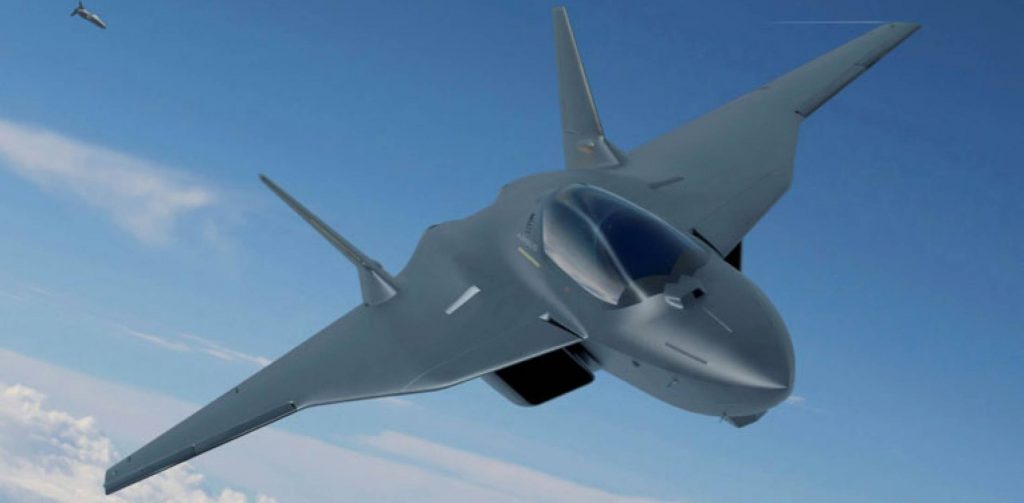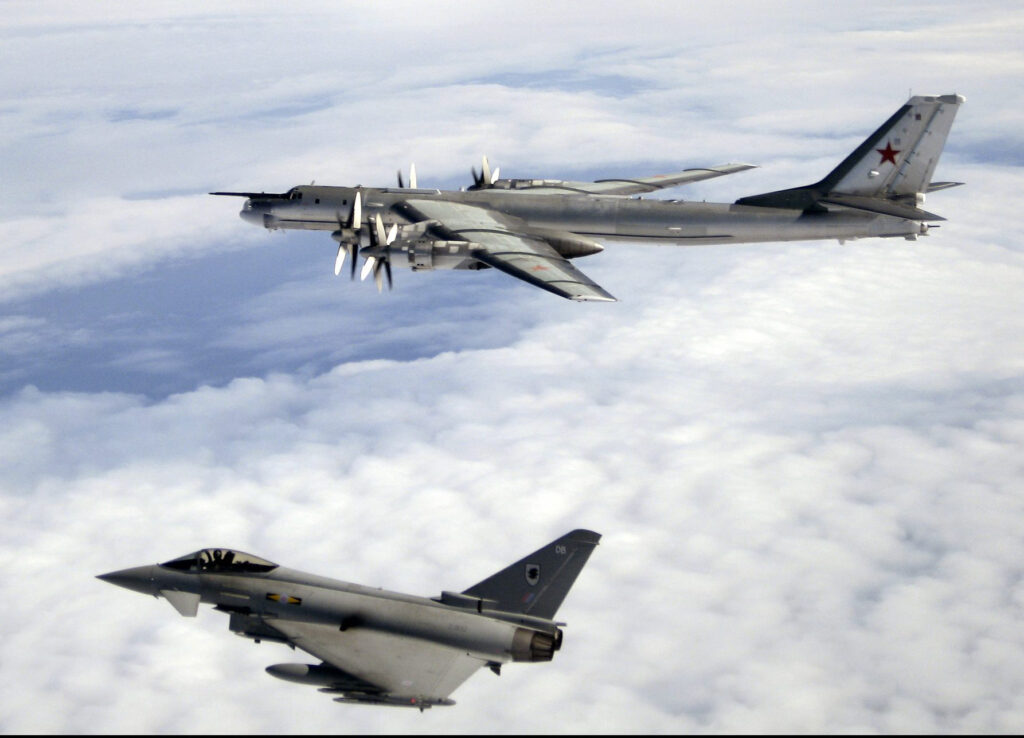Europe’s Combat Aircraft Conundrum: Will UK Partner With France, Germany?

Barring the collapse of the British government, London plans to unveil its Combat Air Strategy during the Farnborough Air Show. Unlike its Brexit strategy to leave the European Union, there is general consensus here around the broad thrust of the document: position the UK to remain a key player in the design, development and manufacture of a future multi-role fighter.
Like Brexit, however, London has a problem with Europe, and Europe – or more accurately France and perhaps Germany – has a problem with London. Berlin and Paris have already teamed on the initial phase of a next-generation combat aircraft development (Future Combat Air System, or FCAS), and for this stage no additional partners will be added. Germany also held discussions with Spain and Sweden in early 2017, with the latter more recently also in exploratory talks with the UK.

Douglas Barrie, IISS
The crux of Europe’s problem is that at some point in the 2020s all three of the present generation of multi-role fighters – the Swedish Gripen, the French Rafaleand the four-nation (Germany, Italy, Spain and the U.K.) Typhoon — will end production.
Without a successor project the European defense-aerospace industrial base will suffer arguably near irreparable damage. Sovereign capability, sometimes referred to within Europe as the vaguely defined ‘strategic autonomy’, will erode.
France, at least, maintained some long-term interest in a future crewed air platform largely because an air-launched cruise missile would remain as the second element of its deterrent force. That meant a delivery platform beyond the Rafale would at some point be required.
In the U.K. the 2005 Defense Industrial Strategy suggested London had no plans for the development of a crewed combat aircraft beyond the Typhoon and F-35, although there was interest in a possible UCAV program.
UCAVs became a focus of technology cooperation under the auspices of the 2010 Franco-British Defense Cooperation Treaty. Initial interest in parallel Intelligence, Surveillance and Reconnaissance (ISR) or combat drone projects was paired back to the latter to address funding constraints.
The demonstrator phase of the UCAV, under the Future Combat Air System banner, was due to begin in 2017, and would have built on the £120 million investment in the initial phase of the project made in 2014. The second phase, however, required a far larger investment –some £1.5 billion — and the erstwhile partners commitment wavered.
Requirements were diverging and the UK was in the process of re-examining assumptions as to whether a crewed platform to succeed initially the Typhoon would be needed from around 2040.

A Royal Air Force Typhoon intercepts a Russia Bear bomber
While UCAVs will be part of the inventory of both France and the U.K., there is increased interest in such platforms operating in concert with crewed combat aircraft, rather than independently. Lower cost UCAVs, affordable in greater numbers, and therefore able to absorb greater attrition rates, are finding favor over exquisite high-cost systems that could only be bought in relatively small numbers.
In seeking a successor to the Typhoon, the air-to-air role, rather than the air-to-surface role will be the primary driver. This is generally held to be the most challenging role for a UCAV to fulfil. Concerns over the level of technological maturity, and wider societal issues of the acceptance of at the least a highly automated UCAV – if not fully autonomous – being used for air-to-air engagements may also be influencing UK thinking.
The UK’s Combat Air Strategy is unlikely to be particularly prescriptive in terms of identifying exactly how to meet future RAF needs, either in terms of technology or partners. What would appear highly unlikely, however, would be the emergence of a fully-funded national-only program to develop a combat air system.
UK defense spending is already under pressure with the present equipment plan under-funded. Efforts by Secretary of State for Defense Gavin Williamson to gain additional funding from the British government’s finance department, known as The Treasury, have not met with success.
Instead, given this government’s increasing interest in arms exports, it is likely that the Combat Air Strategy will at the very least give a considerable nod to potential exportability as a factor to also be considered.
Some of the countries that have previously been export customers for combat aircraft in which the UK has been involved could be considered as development partners, either at the platform level or for key subsystems. Countries that have in the past been satisfied with off-the–shelf acquisition are now looking to develop their own defense industrial capacities.
The UK strategy, for good reason, is unlikely to shut any doors on possible collaboration, irrespective of the near-term difficulties with European Union that are resulting from Brexit. The UK and Germany have worked together on Europe’s last two combat aircraft developments, the 1970s Panavia Tornado and the 1980s Eurofighter Typhoon. France and Germany cooperated on the 1970s Alpha Jet. While Paris was originally one of the five nations looking to collaborate on a European Fighter (along with the then West Germany, Italy, Spain and the U.K.) it withdrew from the project in 1985 to pursue a national program, the Rafale.
German industrialists have already suggested they would continue to view the U.K. as a potential future partner in a wider European combat aircraft program.
It remains to become clear whether such a view will be embraced by their French partners.
Of course, all this may change in light of Britain’s future relationship with the European Union, let alone the survival of Theresa May’s Conservative government.
Douglas Barrie was the European mastermind of Defense News when I was editor and now he works for the respected International Institute for Strategic Studies. The core of his job there is analyzing global air power capabilities for IISS’ flagship publication, The Military Balance.
This article was first published by Breaking Defense on July 12, 2018.

